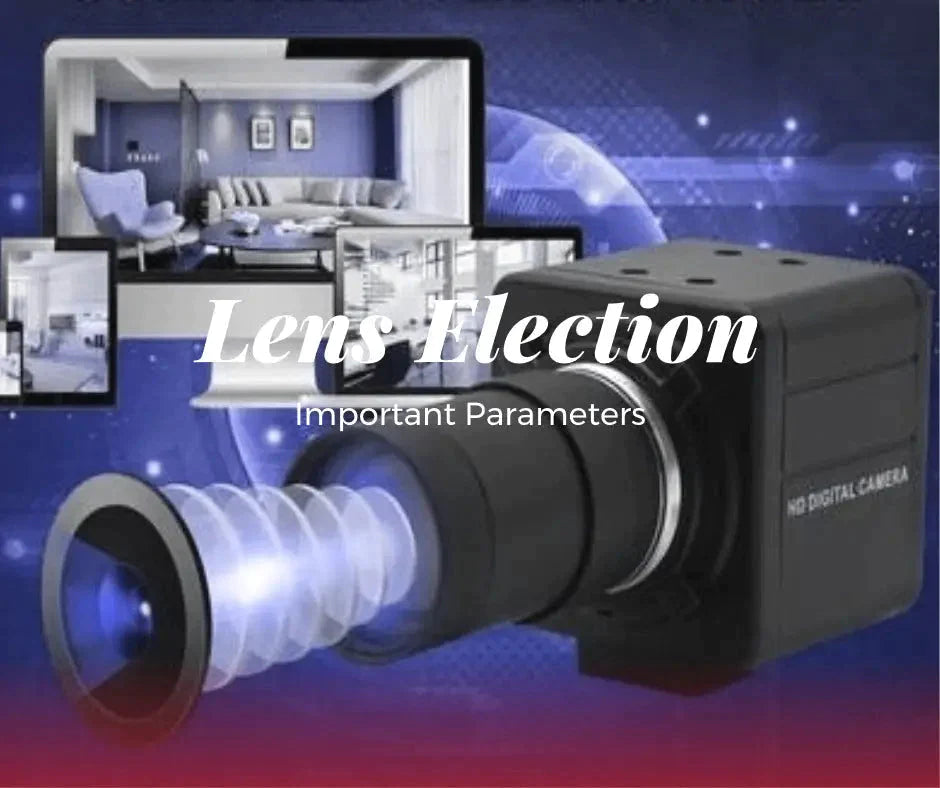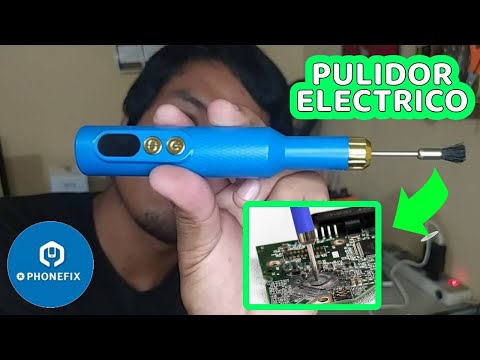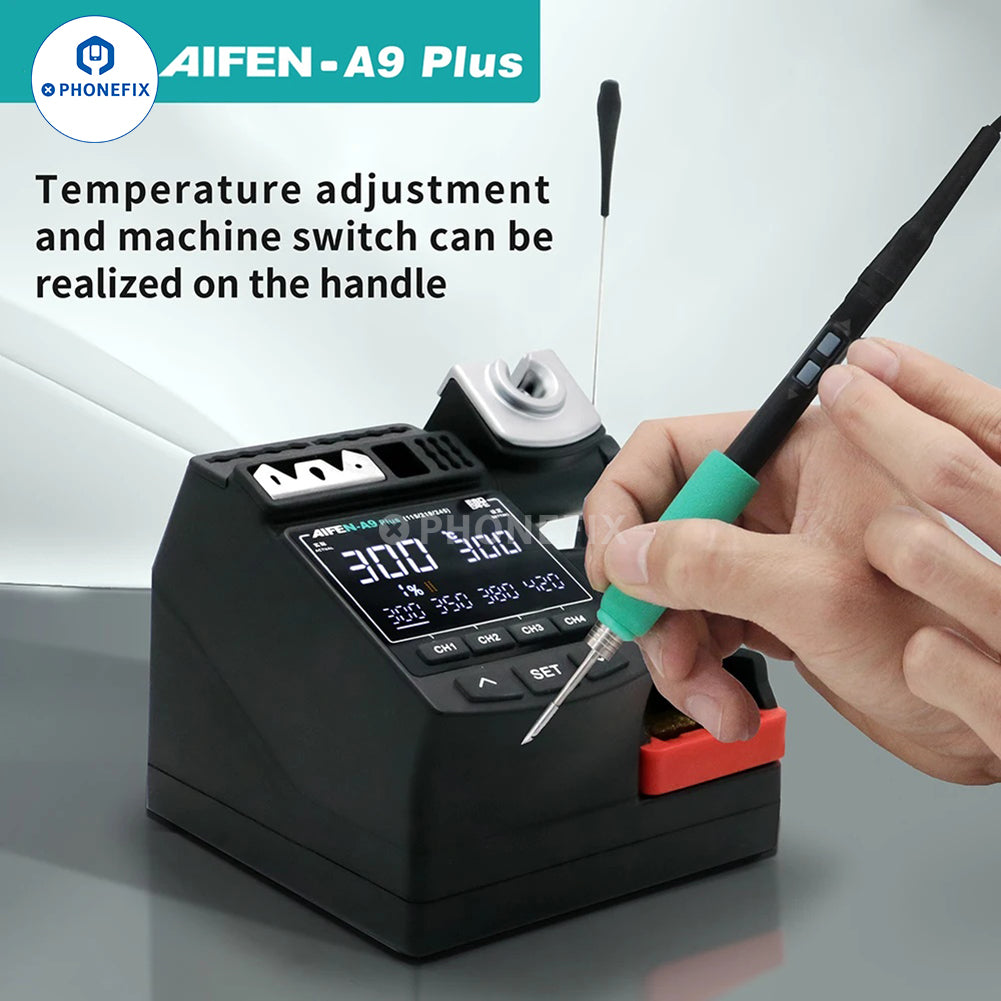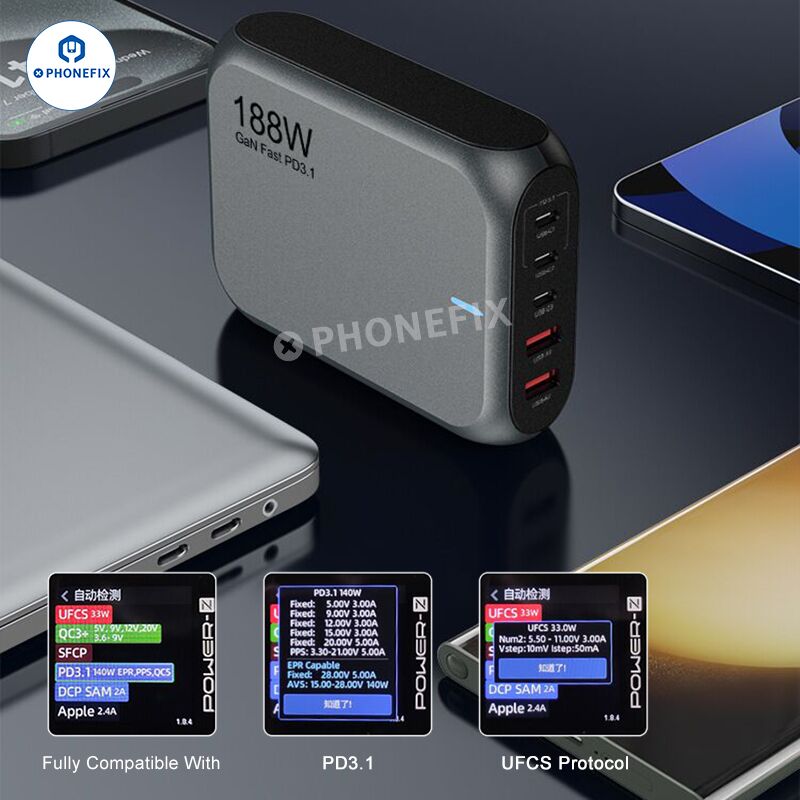Following are some of the important parameters to consider when selecting an appropriate lens for your system:

1. WORKING DISTANCE
Working Distance dictates the space in which the optical system of a machine vision system must work. Working distances generally get longer when objects are large, if they move through large distances, or if they need to be distanced from the camera for safety and environmental purposes.

The Field of View is a measurement of distance and is defined as the viewable area of the object under inspection. In machine vision applications, the lens focal length and the sensor size sets up a fixed relationship between the working distance and the field of view.

1. Relations between focal length and other parameters
The smaller the focal length, the greater the depth of field.
The smaller the focal length, the greater the distortion.
The smaller the focal length, the more severe the vignetting phenomenon, reducing an image’s brightness at the peripheral region.

2. CAMERA SENSOR SIZE
The size of an Industrial camera sensor’s active area is crucial in determining the system’s field of view (FOV). 
Given a fixed primary magnification that is usually determined by the imaging lens, larger sensors yield greater FOVs. The standard sensor sizes are ¼”, 1/3″, ½”, 1/1.8″, 2/3″, 1″ and 1.2″, with larger available. 
3. RESOLUTION
The resolution of a lens is given in line pairs per millimeter and specifies how many lines on a millimeter appear as separate from one another.
A high-resolution image can only be captured if a high-resolution lens is utilized. The lens also needs to be capable of resolving the pixel size accurately.

The more line pairs that appear as differentiated, the better is the resolution of the lens. Higher resolutions preserve more details in the picture more accurately that would be completely lost in low-resolution images.
4. DEPTH OF FIELD
The depth of field is the scene space in depth, away from camera and optics, which appears sufficiently sharp in the video image generated by the camera.
As an object is placed closer or farther than the set focus distance of a lens, the object blurs and both resolution and contrast suffer consequently. For machine vision applications, it is important that all features to be inspected are located within this depth of field area for maximum clarity and accuracy.

With Focal Length Calculator, you can calculate the required focal length and the depth of field to take a picture of an object at a given distance in order to generate an image fitting on your sensor size.
As the first step of any machine vision system is image acquisition, choosing the appropriate lens needed for image acquisition requires an expert understanding of the application requirements and technology capabilities.
Related Article: How to Choose the Right Industrial Cameras Lens for 2022
More detailed industrial camera, lenses and video tools, please contact us at www.vipfixphone.com












